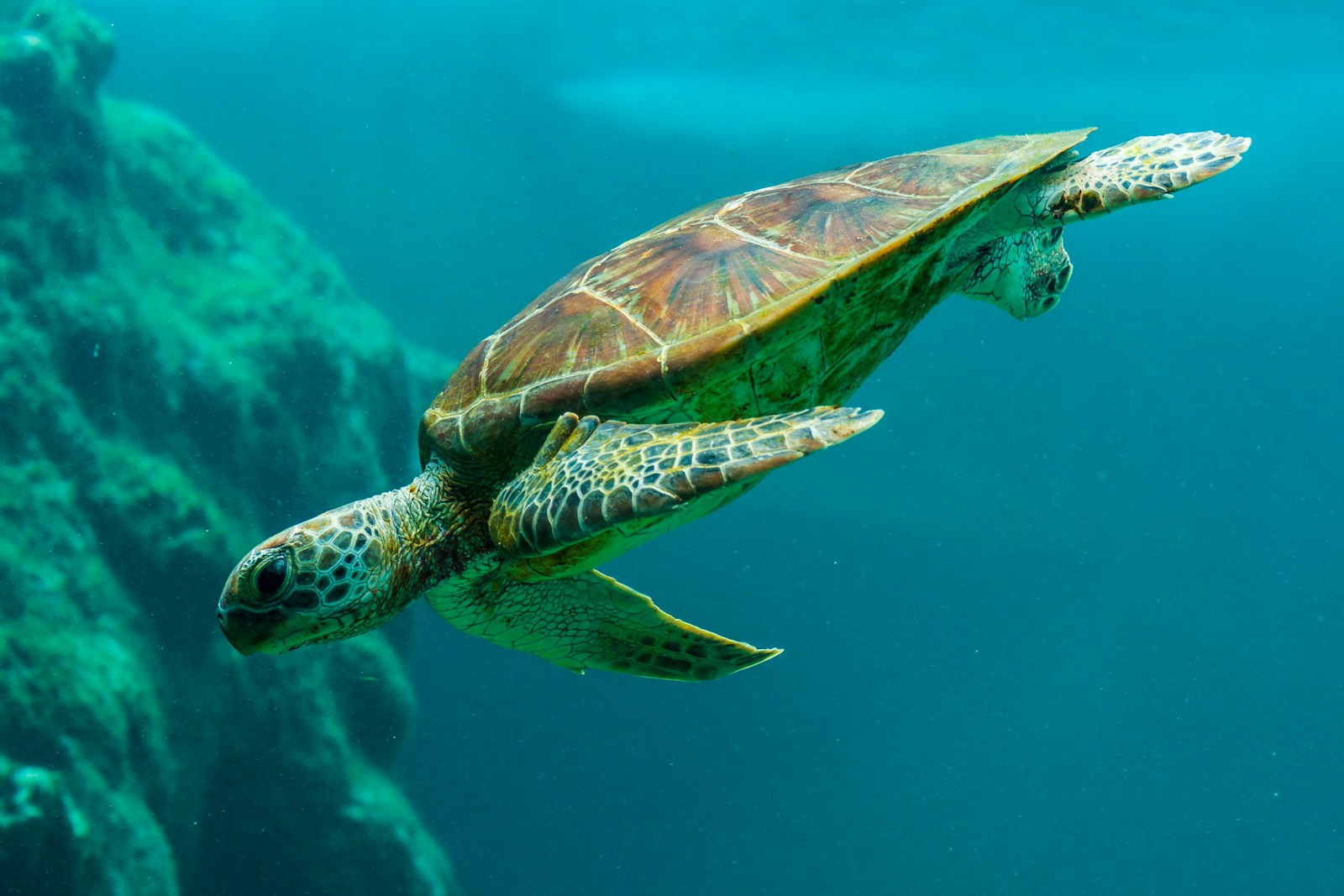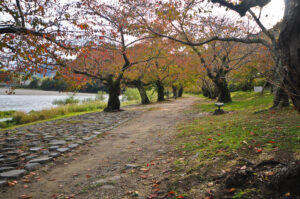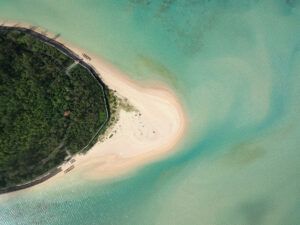Japan, an island nation cradled by the Pacific Ocean, holds beneath its waves a treasure trove of marine riches, some known and others just waiting to be unveiled. From the lustrous pearls cultivated in its waters to the vibrant coral reefs dancing beneath the sea surface, Japan’s marine biodiversity is a testament to nature’s splendor. This article dives deep into the heart of Japan’s seas, exploring the treasures hidden beneath the waves, the guardians of these riches, and the innovative approaches to ensuring their sustainable future. Join us as we unveil the gems beneath the waves in Japan’s Sea Treasures.
Japan’s Hidden Marine Riches: An Introduction
Japan’s aquatic realms are replete with a myriad of marine riches that stretch from the northern coasts of Hokkaido to the tropical waters of Okinawa. These hidden treasures encompass a wide variety of ecosystems, including kelp forests, coral reefs, and deep-sea vents, each harboring unique species and biological communities. The convergence of the Kuroshio and Oyashio currents off Japan’s coast creates a nutrient-rich environment, fostering an incredible diversity of marine life. Beyond biological wealth, the seas around Japan are steeped in history and culture, with ancient practices of fishing and pearl diving blending seamlessly with modern conservation efforts. As explorers begin to scratch the surface of what lies beneath, the potential for discovery seems as vast and deep as the ocean itself.
The Pearl of the Orient: Japan’s Aquatic Gemstones
The cultivation of pearls, particularly in the regions of Mie Prefecture, has long positioned Japan as a leader in the global pearl industry. These aquatic gemstones, nurtured in the folds of the Akoya oysters, are renowned for their luster and elegance, symbolizing purity and wisdom in cultures around the world. The art of pearl cultivation, perfected over generations, stands as a testament to Japan’s dedication to beauty and precision. However, beyond pearls, Japan’s seas are speculated to hold other gemstone deposits, creating a shimmering, untapped potential beneath the waves. As sustainable harvesting techniques evolve, the possibility of discovering new aquatic gemstones promises to add new chapters to Japan’s rich maritime legacy.
Diving Deep: Uncovering Japan’s Underwater Secrets
The depths of Japan’s seas are a final frontier on Earth, with vast areas unexplored and many secrets hidden in the deep. Technological advancements in diving and underwater robotics have begun to peel back the layers of mystery, revealing rare species, underwater volcanic activity, and even hydrothermal vents that could hold clues to the origins of life. Deep-sea explorations have also brought to light the rich mineral deposits on the ocean floor, including rare earth elements crucial for modern technology. These discoveries not only expand our knowledge of the marine world but also highlight the importance of protecting these fragile ecosystems from the impacts of deep-sea mining and environmental degradation.
Treasures from the Depths: Japan’s Sea Bounty
The waters surrounding Japan are a cornucopia of marine resources, providing a bounty that sustains and enriches the lives of its people. From the succulent seafood that forms a staple of Japanese cuisine to the seaweeds that are harvested for food, medicine, and industry, the sea’s bounty is integral to Japan’s cultural and economic fabric. Innovative fishing practices and aquaculture have been developed to sustainably harness these resources, ensuring that future generations can continue to enjoy the riches of the sea. As the global demand for marine resources grows, Japan’s approach to managing its sea bounty offers valuable lessons in balancing exploitation with conservation.
Coral Jewels: The Vibrant Underwater Rainforests
Coral reefs, often referred to as the rainforests of the sea, are among the most vibrant ecosystems on the planet, and Japan’s waters host some spectacular examples. The coral reefs of Okinawa and the Ogasawara Islands are biodiversity hotspots, teeming with life and color. These underwater rainforests provide critical habitats for a multitude of marine species, from the tiniest plankton to the majestic sea turtles. However, they face threats from climate change, pollution, and overfishing. Conservation efforts are underway to protect and restore these coral jewels, using a combination of science, community engagement, and traditional practices to ensure they continue to thrive.
Ancient Shipwrecks: Time Capsules Beneath the Waves
The seas around Japan are not just rich in natural treasures; they are also a repository of history. Ancient shipwrecks, resting undisturbed on the sea floor, are time capsules that offer a glimpse into Japan’s maritime past. From feudal-era trade ships to WWII battleships, these underwater relics are a diver’s dream and an archaeologist’s treasure trove. Efforts to map and explore these sites are uncovering stories of trade, warfare, and cultural exchange, providing valuable insights into Japan’s complex relationship with the sea. As technology advances, the potential for discovery expands, promising to unlock more secrets from Japan’s maritime history.
Sustainable Harvest: Balancing Ecology and Economy
Japan’s relationship with its marine resources is entering a critical phase as the nation strives to balance ecological health with economic prosperity. Sustainable harvest practices are being adopted across various sectors, from pearl farming to fisheries, ensuring that the extraction of marine resources does not come at the expense of the environment. Policies that promote responsible fishing, habitat protection, and biodiversity conservation are gaining traction, driven by a recognition of the interconnectedness of ecosystems and economies. As Japan navigates the challenges of climate change and environmental degradation, its commitment to sustainable harvest practices offers a model for harmonizing human needs with the health of the planet.
The Ama Divers: Guardians of Tradition
The Ama divers, predominantly women, have been diving for pearls and seafood off Japan’s coasts for centuries, embodying a unique cultural heritage that blends skill, tradition, and an intimate relationship with the sea. These guardians of tradition dive without the use of modern scuba equipment, relying instead on techniques passed down through generations. Today, the Ama divers are not only celebrated for their diving skills but also for their role in preserving the marine environment. Their sustainable practices, which include selective and limited harvesting, stand as a testament to the possibility of coexistence between humans and the marine world.
Innovative Aquaculture: Farming the Ocean’s Wealth
As the demand for seafood continues to grow, Japan is turning to innovative aquaculture techniques to meet this demand sustainably. From cultivating seaweed and shellfish that clean the water while they grow, to using advanced technology to raise fish with minimal environmental impact, Japanese aquaculture is at the forefront of sustainable farming practices. These innovations not only ensure a steady supply of seafood but also contribute to ecosystem restoration and conservation. As the world looks for ways to increase food production without harming the planet, Japan’s aquaculture sector offers insights into the future of sustainable ocean farming.
Protecting Paradise: Conservation Efforts Underway
Japan’s marine conservation efforts are multifaceted, involving government, local communities, and international partnerships. Protected marine areas are expanding, with initiatives aimed at preserving biodiversity, rehabilitating damaged ecosystems, and ensuring sustainable use of marine resources. Scientific research plays a critical role in these efforts, providing the data needed to make informed conservation decisions. Community-based projects also highlight the importance of local stewardship in protecting marine environments. Together, these efforts are making strides toward safeguarding Japan’s marine treasures for future generations.
Eco-Tourism: Exploring Japan’s Marine Wonders Responsibly
Eco-tourism is emerging as a powerful tool for marine conservation in Japan, offering a way to experience the country’s aquatic wonders while promoting environmental stewardship. Guided snorkeling and diving tours, sustainable seafood experiences, and educational programs provide visitors with an appreciation for Japan’s marine biodiversity and the importance of protecting it. By emphasizing responsible tourism practices, eco-tourism initiatives are helping to generate support for conservation efforts, driving home the message that preserving the ocean’s health is everyone’s responsibility.
The Future of Japan’s Marine Treasures: A Hopeful Horizon
As Japan continues to explore and protect its marine treasures, the future looks promising. The nation’s commitment to sustainability, innovation in aquaculture, and the preservation of traditional practices offer a blueprint for balancing human activity with marine conservation. Challenges remain, including the threats posed by climate change and overexploitation, but the steps being taken to address these issues suggest a path forward. By valuing and protecting its sea treasures, Japan is not only safeguarding its own maritime heritage but also contributing to the global effort to preserve the ocean’s bounty for generations to come.
Japan’s sea treasures, from the lustrous pearls to the ancient shipwrecks, are a legacy of the nation’s deep connection to the ocean. As the country moves forward, blending tradition with innovation and conservation, it sets a precedent for the sustainable stewardship of marine resources worldwide. The gems beneath the waves, with their beauty and biodiversity, are a reminder of what’s at stake and what can be achieved when we commit to protecting our planet’s blue heart. As we continue to unveil and understand these marine riches, let us also commit to being guardians of this underwater paradise, ensuring that Japan’s sea treasures continue to dazzle and sustain life far into the future.








